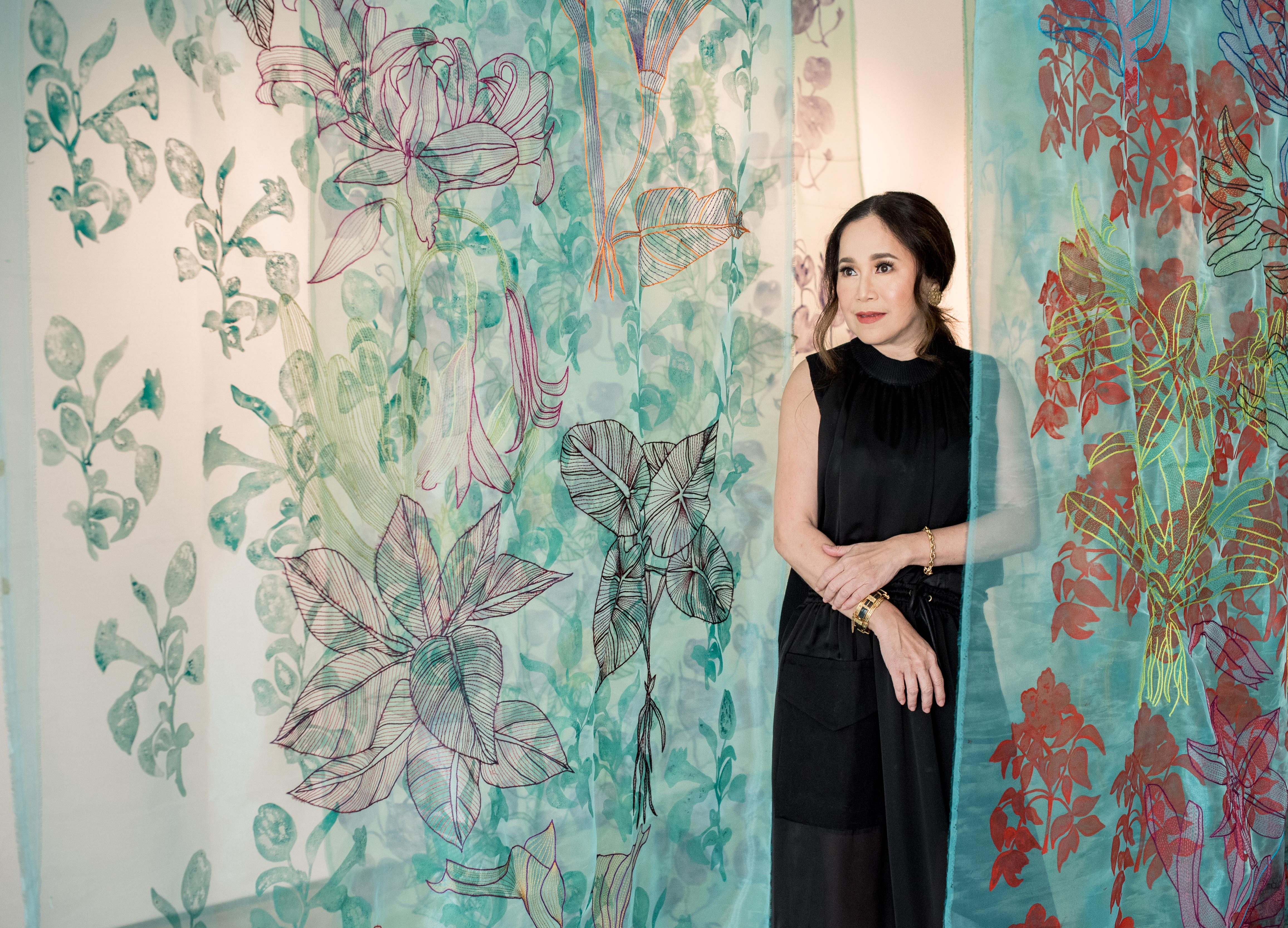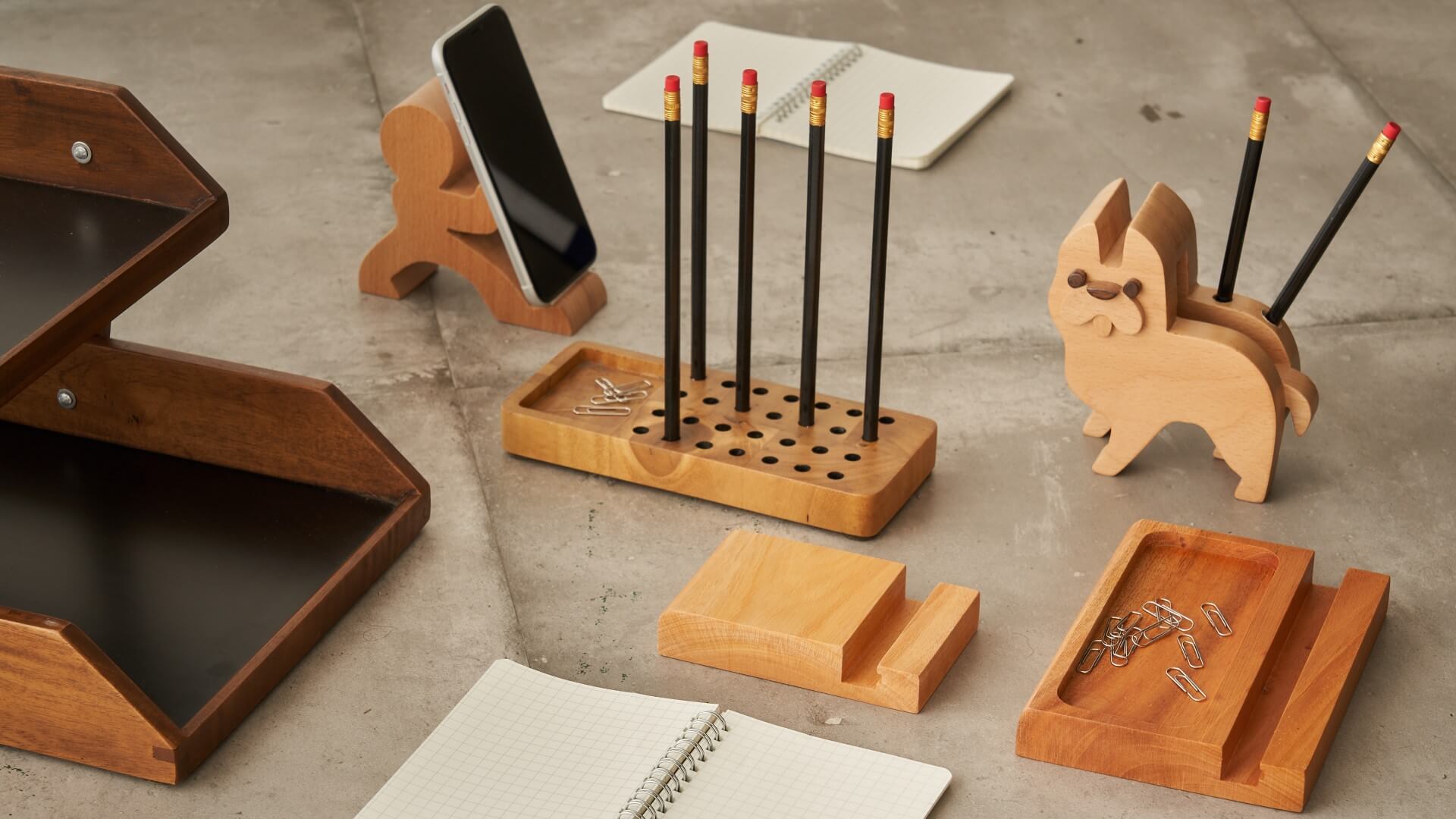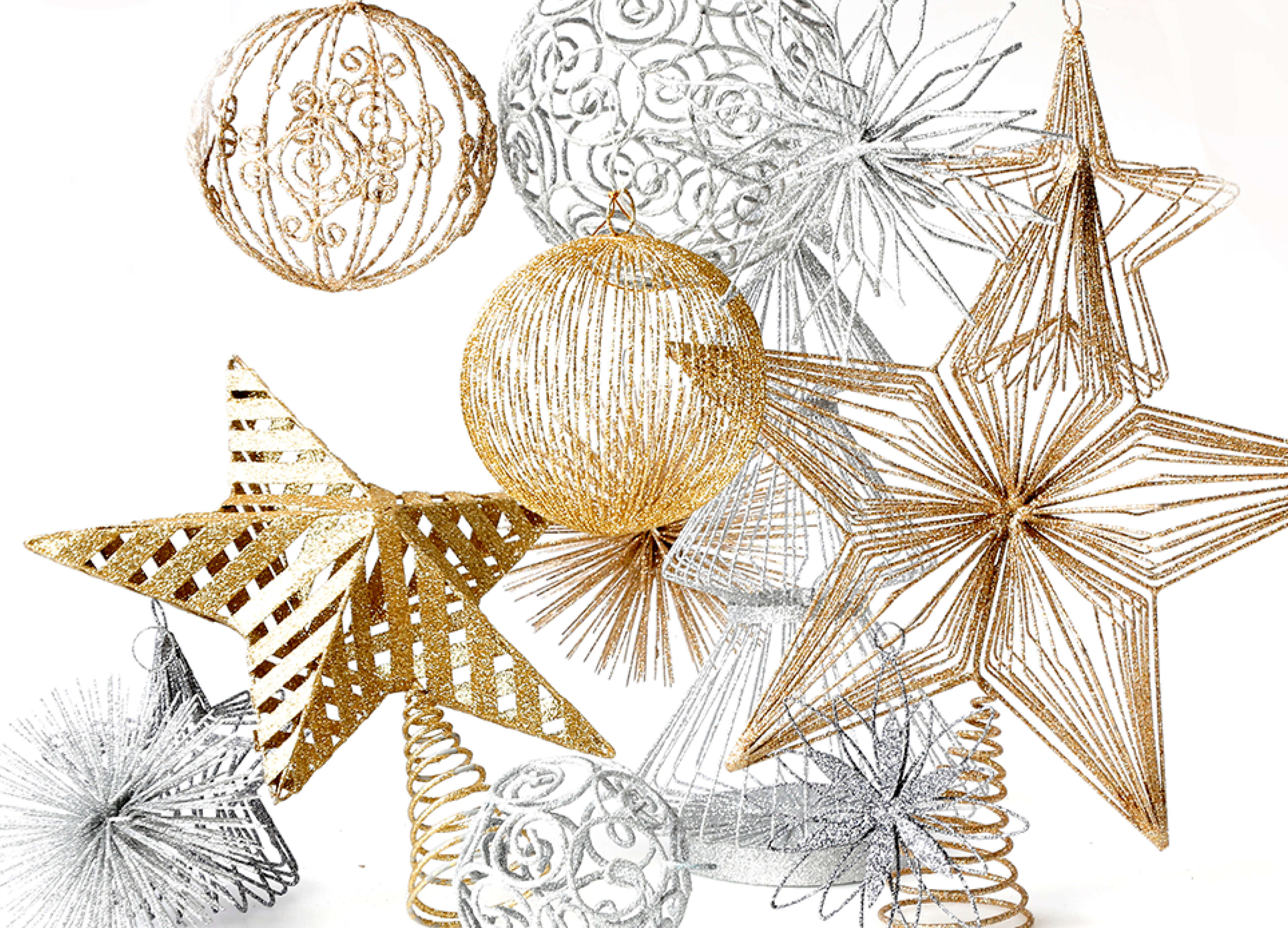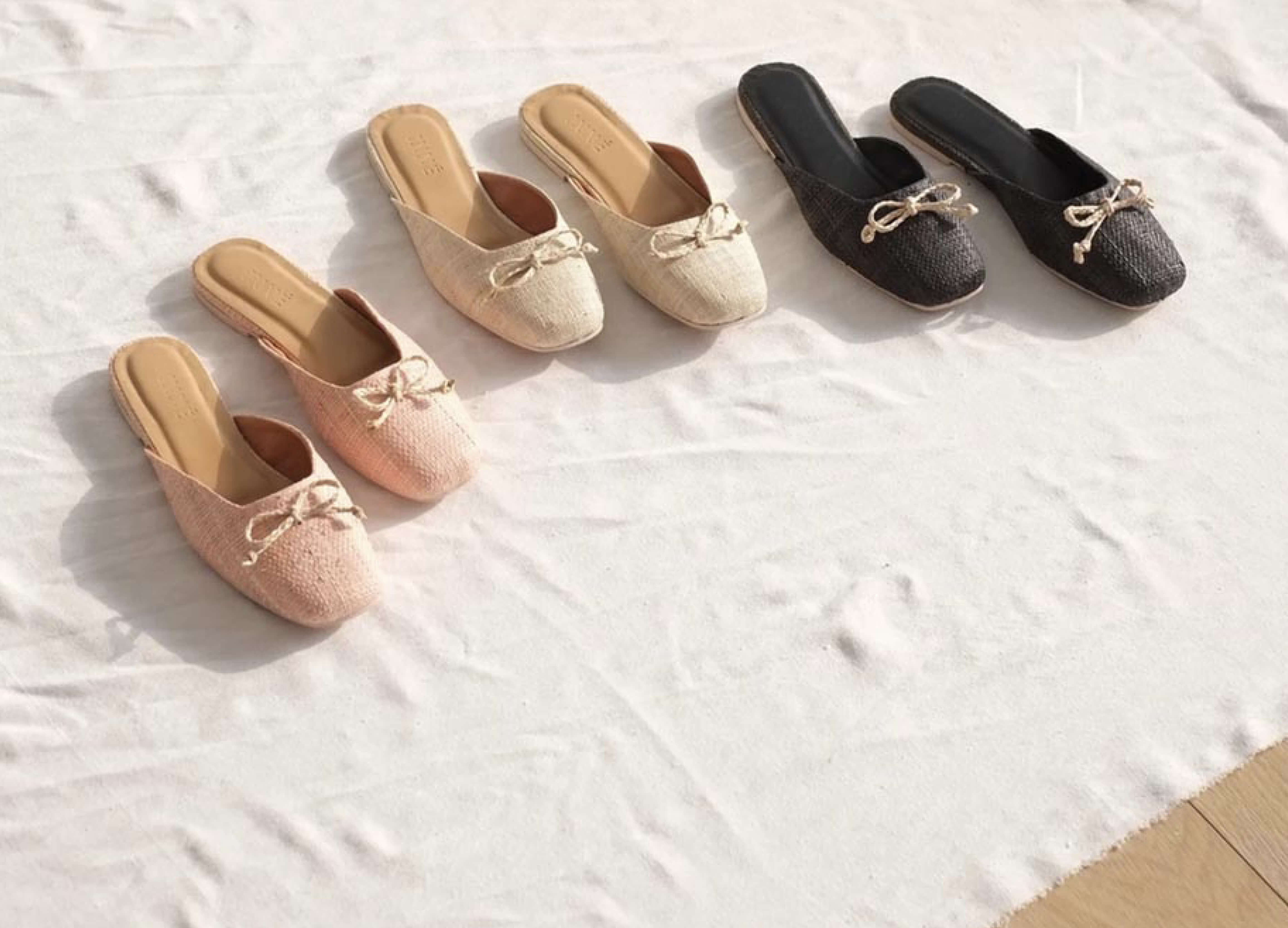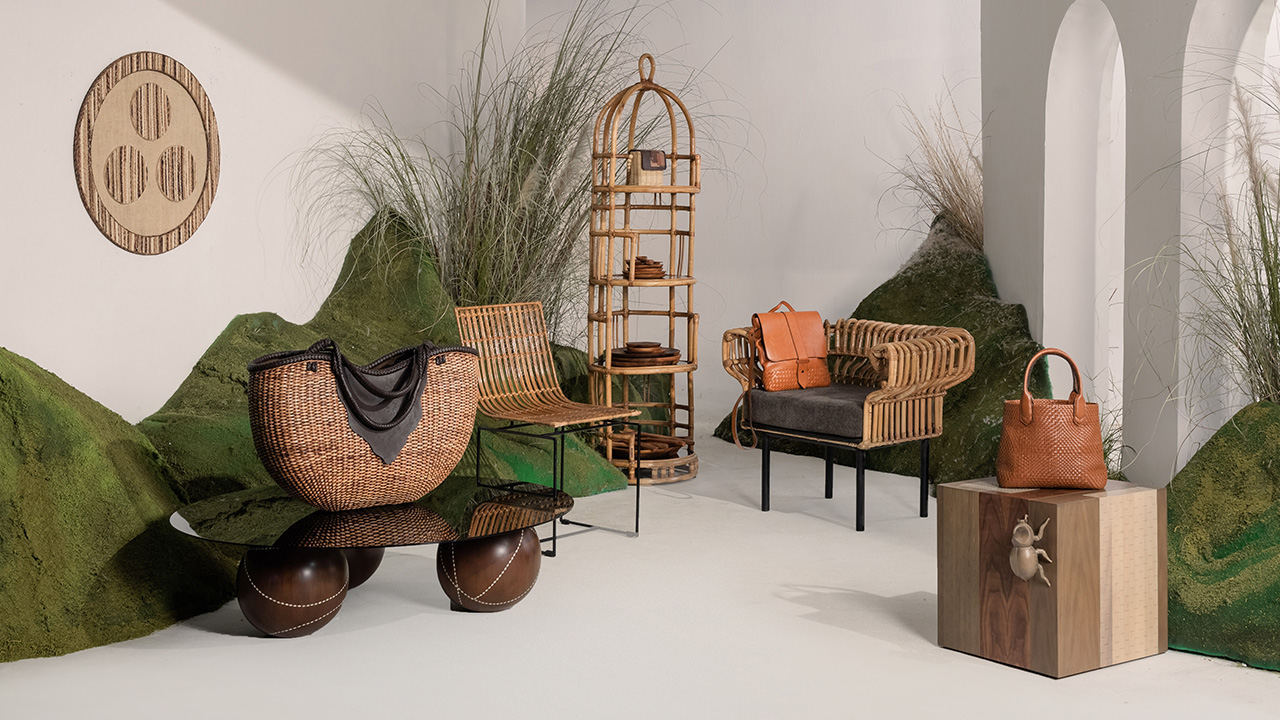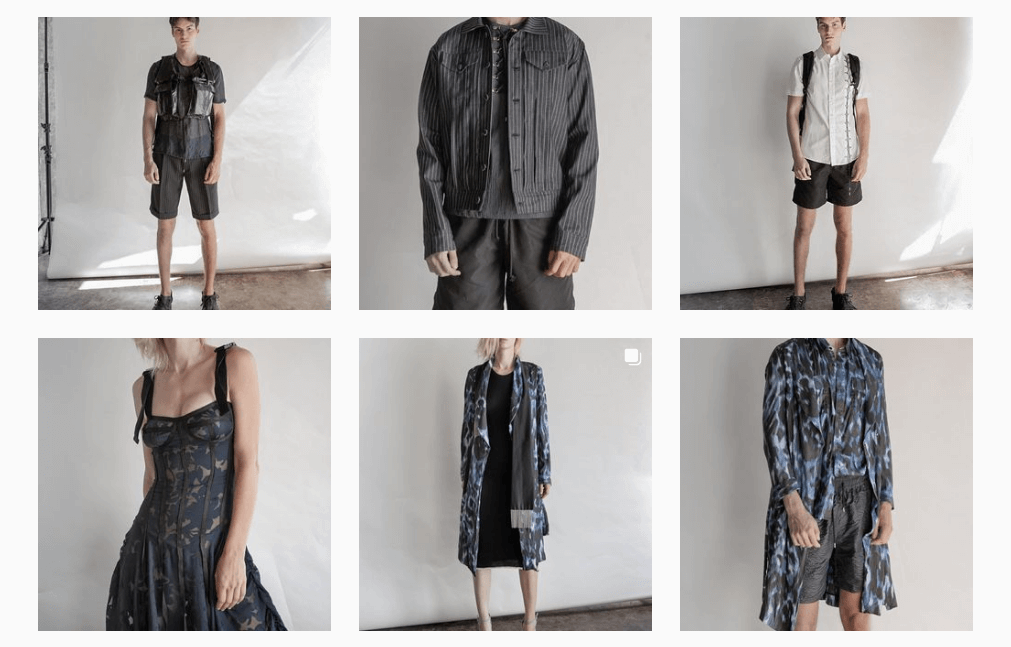
Getting in line to get ahead
PHx Tokyo consultant Jason Lee Coates of H3O Fashion Bureau gives practical advice on creating a look book and line sheet, which are essential selling tools in the fashion industry.
By Jason Lee Coates
Jason Lee Coates explains the importance of sales materials, specifically the look book and the line sheet, in giving a good impression to buyers and making it easier for them to place orders.
Selling a product is not just about having a great sales pitch. It is also about having clear, well-thought-out branded sales materials that make it easy for a buyer to place an order. When you present your brand, you want to ensure that you look as professional as possible. Even if you are just a startup, there is no excuse to not go the extra mile with your materials – starting with -and most especially- the line sheet.
The typical buyer sees countless brands every single day either through showroom visits or through emails. My buyer friends always complain to me about buyer’s fatigue; they get sick of seeing the same old presentations over and over. Designers, take note – your line sheet needs to be better than average for a buyer to even take notice.
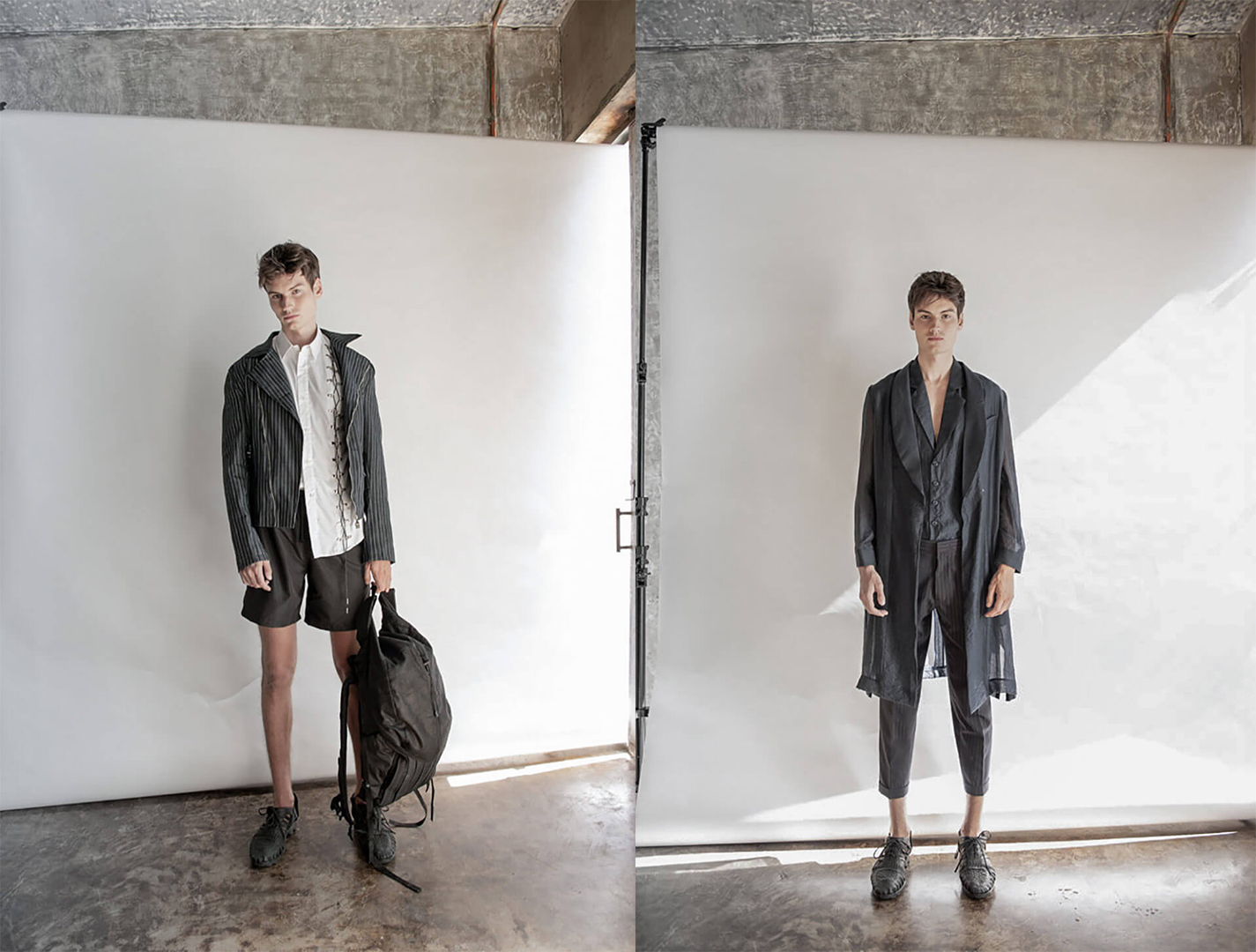
Behind-the-scenes of one of LORICO’s photoshoots of his past collection. As straightforward as it is, the brand shows off its edgy advantage in this look book shoot. (Images from LORICO)
There are plenty of line sheet and sales material templates online to download, but to catch the attention of a buyer, you need on-point branding and professional presentations that clearly reflect your brand. This means that you should follow the rules but still present it in your own unique way, like using typefaces that represent your collection and imagery that tells a unique story. It’s also a must that you are providing as much information as necessary in an effortless manner.
Of course, there is nothing like seeing a sample product in the flesh, but sales materials, particularly now, really help to make a buyer take notice and allow brands to express themselves to the buyer in a professional and intelligent way. Sometimes, buyers only have a moment to see a collection and literally flick through the racks. In this case, sales materials will help them remember and revisit a collection and zoom in on the details.
.jpg)
The idea and principles of a fashion look book and line sheet apply to accessories too. Not one detail is missed in Neil Felipp’s presentation of its products (Images from neilfelipp.com)
During our Paris showroom, I would have only a few moments to show buyers my full set of multiple collections, so I had a short sales spiel rehearsed for each, but in my hand would be sales materials to support my pitch. I ensured that all samples I showed were tagged with appropriate information such as style name, color varieties and of course wholesale price for easy reference because unsurprisingly, a buyer’s first question will always be, “How much?”
Here in Japan, we have a more intimate relationship with our buyers, but the same rules apply. While we usually have longer time to explain collections properly, and buyers take time to try on pieces, it is essential that each collection is shown with sales materials within reach.
There are 2 main components to a traditional sales materials set-up: a look book and line sheet. Personally, I think this is all you need.
First, you have the visual extravaganza of the look book, which is a selection of styled photographs of a collection. It can be shot in studio or on location, but it is meant to give the buyer an understanding of the clothes, how to style them, and the overall theme and meaning of the collection. Photographs should be high resolution, high quality and clear. Impress the buyer and audience with your best work.
A look book should contain:
- Styled image photos
- Styled campaign images
- Clear styling
- Product names and product codes - which are the most essential and which you should never ever forget
A look book should be accompanied by a line sheet, which shows the more technical mechanism of the sales process.
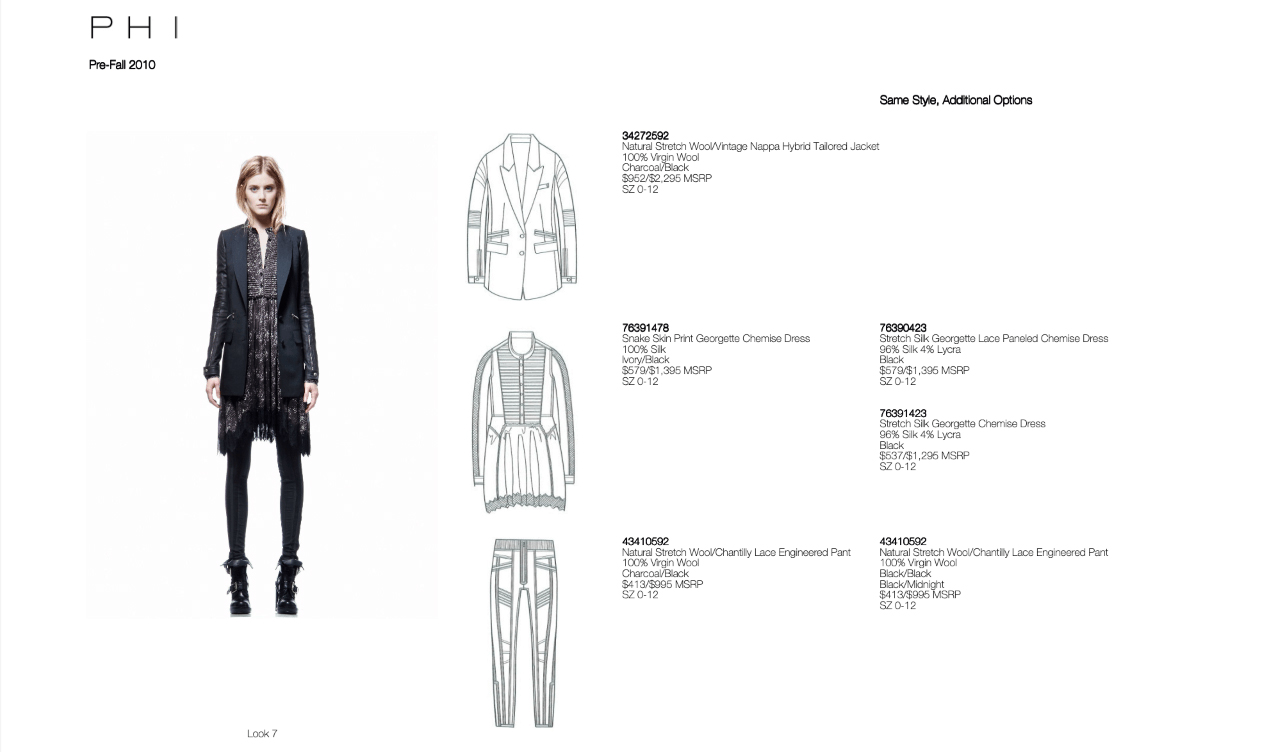
This is a perfect example of a line sheet that serves its very purpose of selling. It is clear, detailed, and straightforward.
In my opinion, the line sheet should be in sync with the look book; there should be similar fonts, logos and layouts applied. You will most probably be using Excel for this, as it is the best and easiest for buyers so they can just copy and paste it directly onto their order sheets. I always find it’s nice to send a PDF and Excel just in case they have Excel phobia like me (I highly doubt though!).
If you want to go a step further, you can make it possible for the buyers to use your line sheet as an order sheet by creating columns for quantities and color selections. This will leave a great impression and shows the buyer that you mean business.
Organize your assortment in a logical manner. You can either divide it by the pages in your look book or by style. Don’t over clutter; it’s not the right tool to dazzle them with your design skills. This is a professional sales tool, after all.
Line sheets should contain columns with clear titles and easy to read font. Here are the product information that you should include:
- Style code/name
- Product image/illustration
- Product description
- Size run
- Colour availabilities
- Delivery date
- Terms and conditions
- Payment policy
- MOQ (Minimum order Quantity)
- Wholesale price in US$
Ultimately a buyer wants to see a brand with a system running behind it, a sales mechanism that is professional, and a delivery system that will run like clockwork. Hence, if you put a lot of work into your samples and designs, it’s essential that you take a hot second to really present your sales materials in a way that will literally wow buyers with your professionalism.
---
Check out other articles for this series:
Part 1: Beat designer’s block: finding inspiration for your next fashion collection
Part 2: Concept with core for your collection’s theme
Part 3: Developing and perfecting a fashion range plan
Part 4: The quality is in control
---
Jason Lee Coates is a prominent fashion stylist, magazine editor and fashion agent based in Tokyo, Japan. He, along with H3O Fashion Bureau co-director Hirohito Suzuki and fashion consultant Tetta Ortiz-Matera, has been mentoring the eight Filipino designers of CITEM’s PHx TOKYO.


